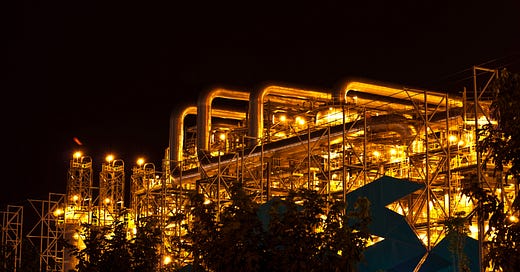Sustainable Aviation Fuels: Scale-Up
We continue our discussion to do with Sustainable Aviation Fuels (SAFs). Previous posts in this series are,
In this post we consider the issue of scalability. It is one thing to develop a new technology, and to show that it works on a test basis; it is quite another thing to implement it universally, world-wide within a short period of time ― say by the year 2050.
Referring once more to the Alternative Fuels Data Center published by the U.S. Department of Energy, we learn that the consumption of SAFs was 16 million gallons in the year 2022. According to statista, the total consumption of aviation fuels in the year 2022 was 74 billion gallons. If we assume that the SAFs currently being used contain 25% renewables (the rest being conventional Jet A), then the overall contribution of SAFs to the world’s civilian air fleets is in the region of 0.005%. In other words, the technology has not reached the commercialization stage.
If it is to do, the following hurdles will have to be cleared.
Vast amounts of land will have to be found and then leased or purchased to grow the crops needed to make the biofuel.
Many regulatory permissions will be needed. The safety or air travel is paramount.
New refineries will be needed to turn the raw ethanol into acceptable jet fuel.
New pipeline and freighter networks will be needed to move the new fuels to the airports.
Another factor that is easily overlooked is the impact on current refinery operations. Currently, around 8% of a refinery’s output is aviation fuel. If the demand for that fuel is reduced to near zero, then a massive reorganization of the typical refinery will be required ― including large investments in new equipment.
None of these concerns mean that the airline industry should cease work on Sustainable Aviation Fuels. But the concerns do mean that the chance of full-scale implementation in the short to medium term seems remote.






